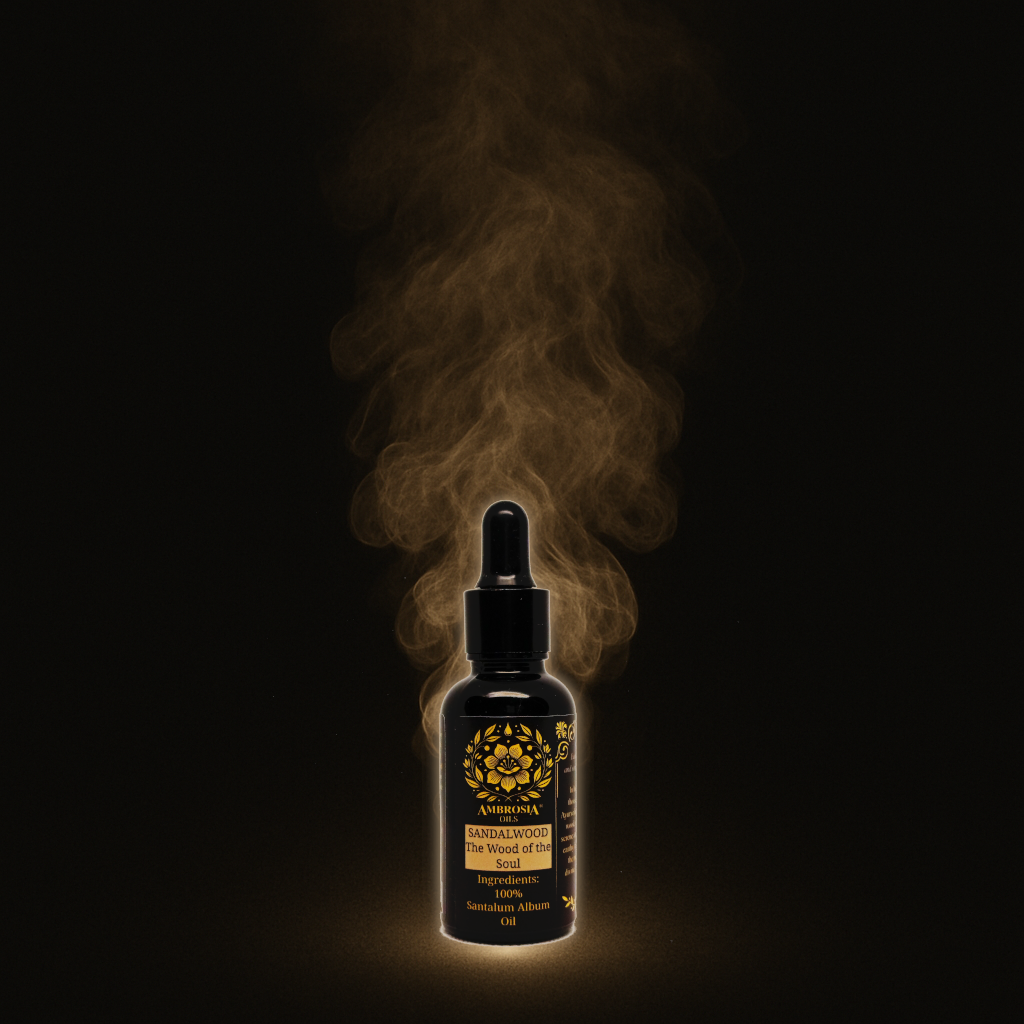
Scent Profile



Use Cases


Sandalwood, derived from the heartwood of trees belonging to the genus Santalum, has been cherished for centuries for its unique aroma, therapeutic properties, and cultural significance. Native to regions like India, Indonesia, and Australia, sandalwood stands as a symbol of purity, spirituality, and tranquility. The distinctive woody and sweet scent of sandalwood has made it a staple in perfumery, cosmetics, and traditional medicine across the globe.
The History of Sandalwood
The history of sandalwood dates back thousands of years and is deeply rooted in various cultures and religions. In ancient India, it was used for religious rituals, meditation, and Ayurvedic medicine. Temples were often built using sandalwood, as its fragrance was believed to please the gods and create a serene environment.
Sandalwood also played a prominent role in ancient Chinese medicine and was introduced to the Western world during the spice trade, where it quickly gained popularity for its aromatic and therapeutic qualities. Today, Indian Mysore sandalwood is considered one of the finest and most sought-after varieties.

Sandalwood Essential Oil
Sandalwood essential oil is extracted through steam distillation from the heartwood of mature sandalwood trees, often aged 15-20 years to ensure optimal quality. The oil is renowned for its rich, warm, and creamy aroma that promotes relaxation and emotional well-being.
Due to its scarcity and high demand, sustainable sourcing has become a critical focus for the sandalwood industry. Australian sandalwood (Santalum spicatum) and Indian sandalwood (Santalum album) are the two primary sources of essential oil, each offering unique nuances in aroma and properties.
Properties of Sandalwood Essential Oil
Sandalwood essential oil is celebrated for its wide range of properties, including:
- Anti-inflammatory: Reduces redness, irritation, and inflammation, making it suitable for skincare.
- Antimicrobial: Helps combat bacteria and fungi, promoting healthier skin.
- Sedative: Eases stress, anxiety, and insomnia by calming the mind.
- Astringent: Firms and tones the skin, reducing the appearance of fine lines and wrinkles.
Its chemical composition, primarily consisting of alpha-santalol and beta-santalol, is responsible for its distinctive aroma and therapeutic effects.
Benefits and Uses of Sandalwood
- Skincare: Sandalwood oil is a common ingredient in creams, serums, and masks for its ability to moisturize, soothe, and rejuvenate the skin. It is particularly beneficial for dry or sensitive skin.
- Aromatherapy: The calming and grounding properties of sandalwood make it a staple in aromatherapy. It helps reduce stress, enhance focus, and promote a sense of inner peace.
- Meditation and Spiritual Practices: Sandalwood incense and oil are used to deepen meditation, clear negative energy, and enhance spiritual connections.
- Perfumery: Sandalwood’s warm, woody base note serves as a foundation in many luxury fragrances, adding depth and longevity.
- Traditional Medicine: In Ayurvedic and Chinese medicine, sandalwood is used to treat digestive issues, respiratory conditions, and fever.
The Impact of Sandalwood
The timeless appeal of sandalwood lies not only in its captivating aroma but also in its ability to nurture both body and soul. As one of the most treasured botanicals in history, sandalwood continues to be a cornerstone in natural wellness and cultural rituals.
By incorporating sandalwood into your routine, you can embrace its ancient wisdom and experience the profound benefits it offers for relaxation, rejuvenation, and spiritual harmony.
